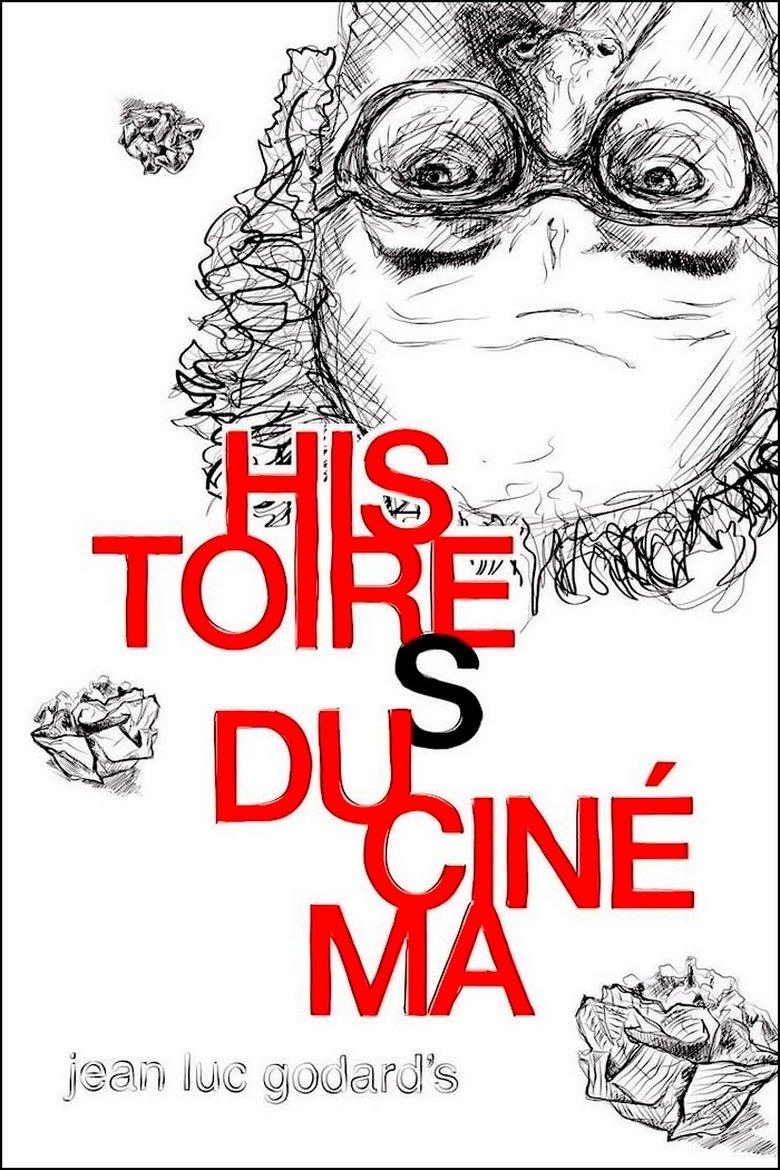
Histoire(s) du cinéma 2a : seul le cinéma
1997
0h 27m
A very personal look at the history of cinema directed, written and edited by Jean-Luc Godard in his Swiss residence in Rolle for ten years (1988-98); a monumental collage, constructed from film fragments, texts and quotations, photos and paintings, music and sound, and diverse readings; a critical, beautiful and melancholic vision of cinematographic art.
If current server doesn't work please try other servers beside.
Similar Movies
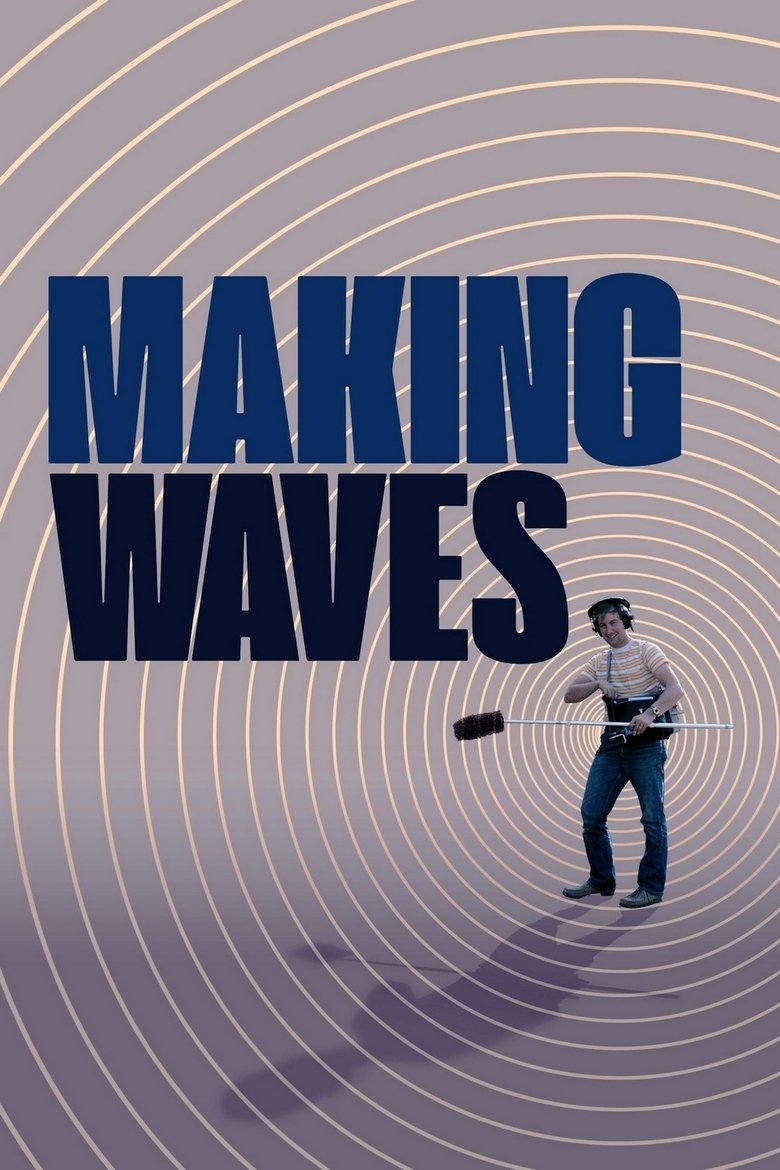
Making Waves: The Art of Cinematic Sound
The history of cinematic sound, told by legendary sound designers and visionary filmmakers.
Rating:
6.789/10
Votes:
71
Year:
2019
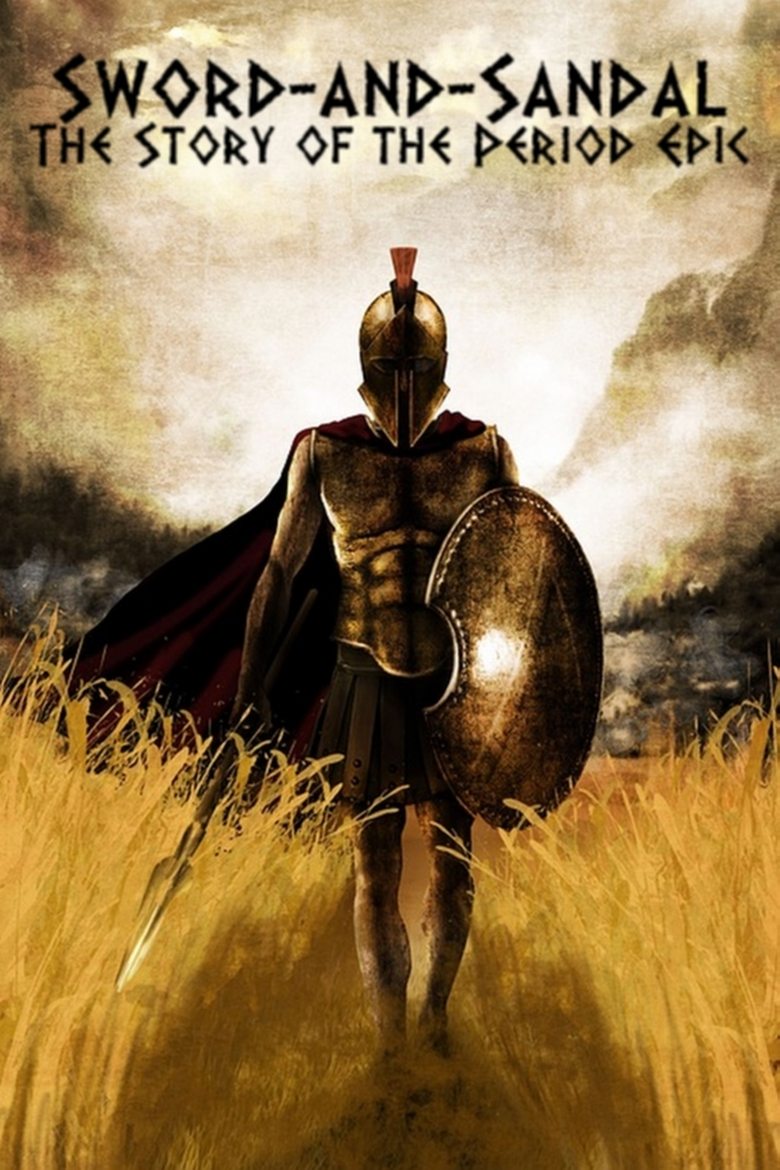
Gladiateur, glaive et fantasmes
The history of the peplum genre, known as sword-and-sandal cinema, set in Antiquity, from the silent film era to the present day.
Rating:
7.0/10
Votes:
8
Year:
2019
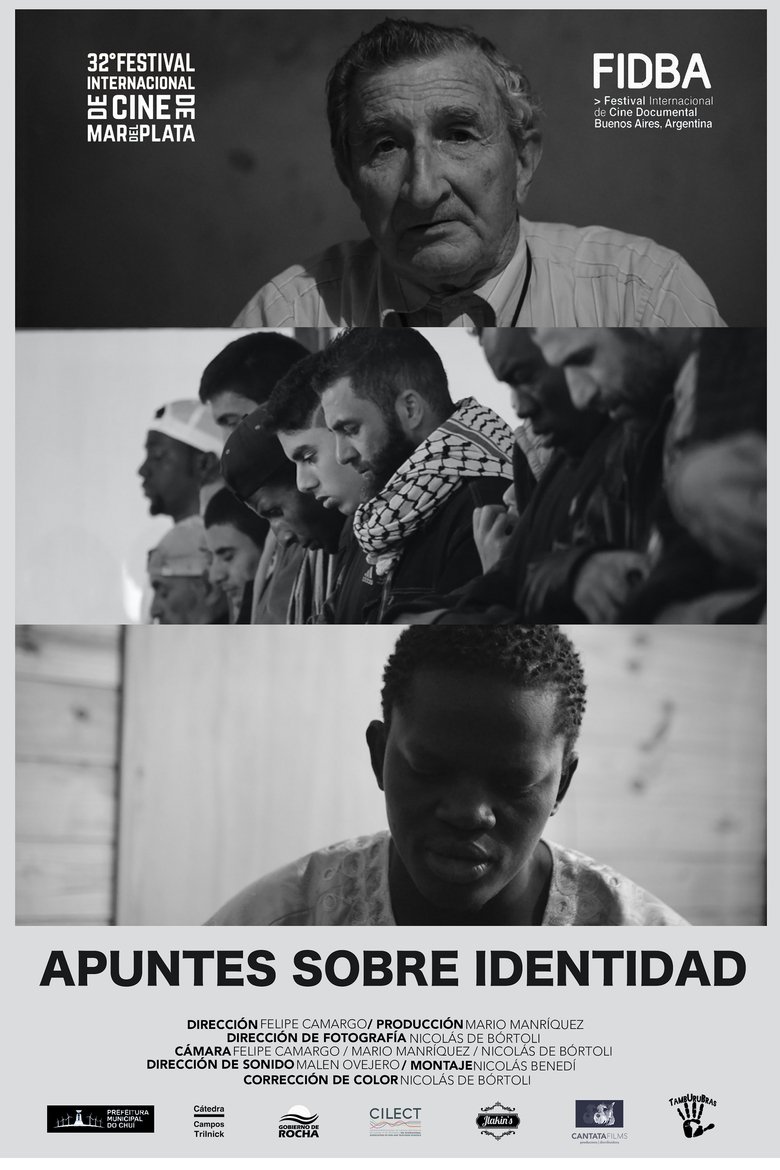
Notes about identity
Rating:
10.0/10
Votes:
1
Year:
2017
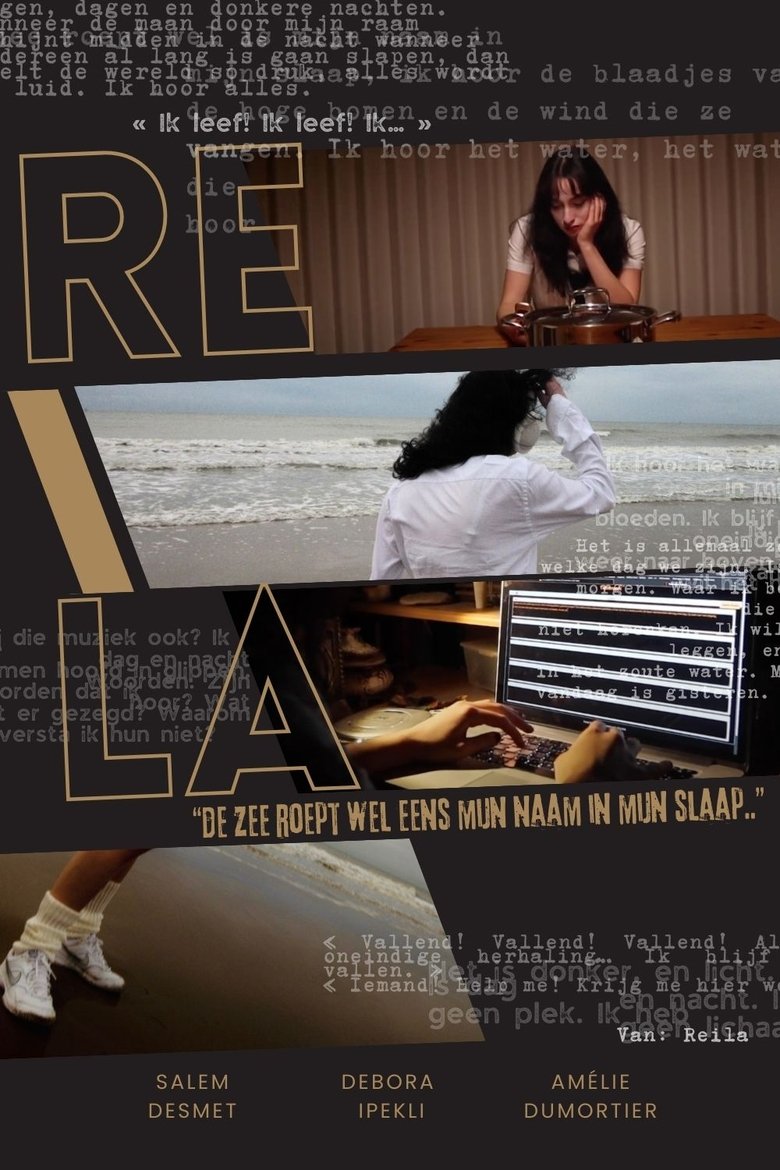
Reila
Rating:
10.0/10
Votes:
1
Year:
2023
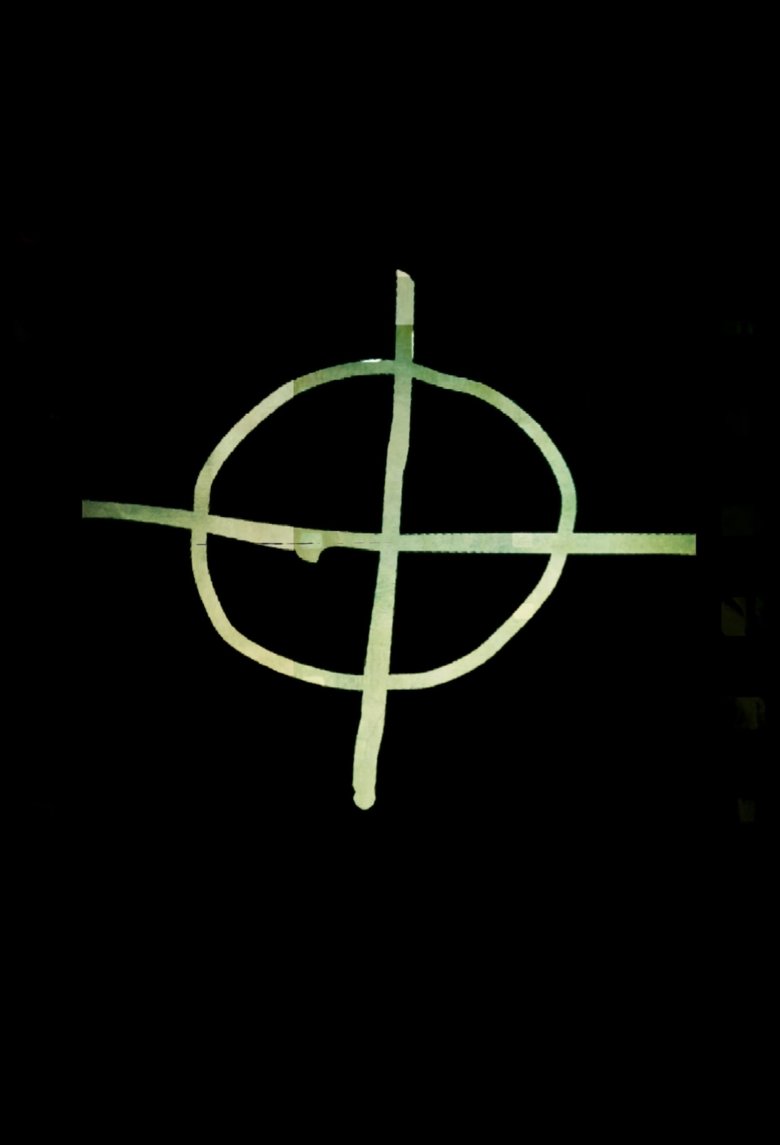
The Zodiac
The history of the infamous serial killer known as the ‘zodiac’ in the late 1960s. It takes you through his kill rampage and to the case that still to this day has not been cracked.
Rating:
10.0/10
Votes:
1
Year:
2024
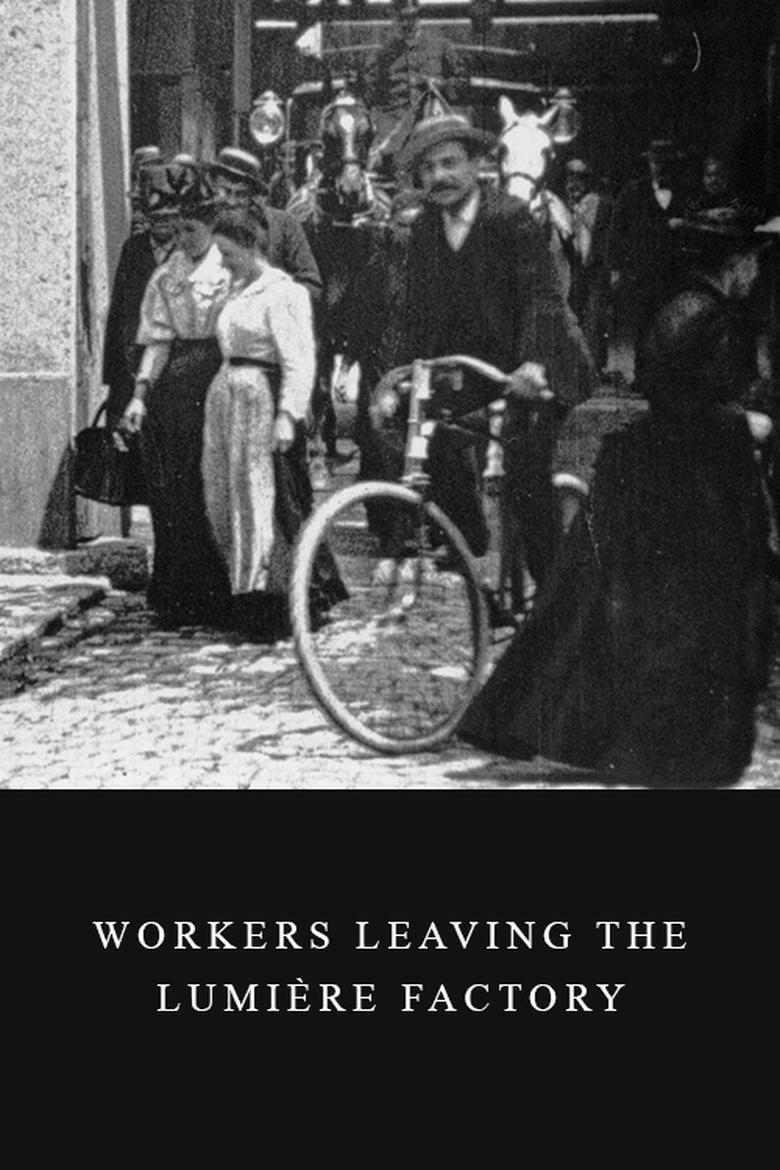
La Sortie de l'usine Lumière à Lyon
Working men and women leave through the main gate of the Lumière factory in Lyon, France. Filmed on 22 March 1895, it is often referred to as the first real motion picture ever made, although Louis Le Prince's 1888 Roundhay Garden Scene pre-dated it by seven years. Three separate versions of this film exist, which differ from one another in numerous ways. The first version features a carriage drawn by one horse, while in the second version the carriage is drawn by two horses, and there is no carriage at all in the third version. The clothing style is also different between the three versions, demonstrating the different seasons in which each was filmed. This film was made in the 35 mm format with an aspect ratio of 1.33:1, and at a speed of 16 frames per second. At that rate, the 17 meters of film length provided a duration of 46 seconds, holding a total of 800 frames.
Rating:
6.659/10
Votes:
337
Year:
1895
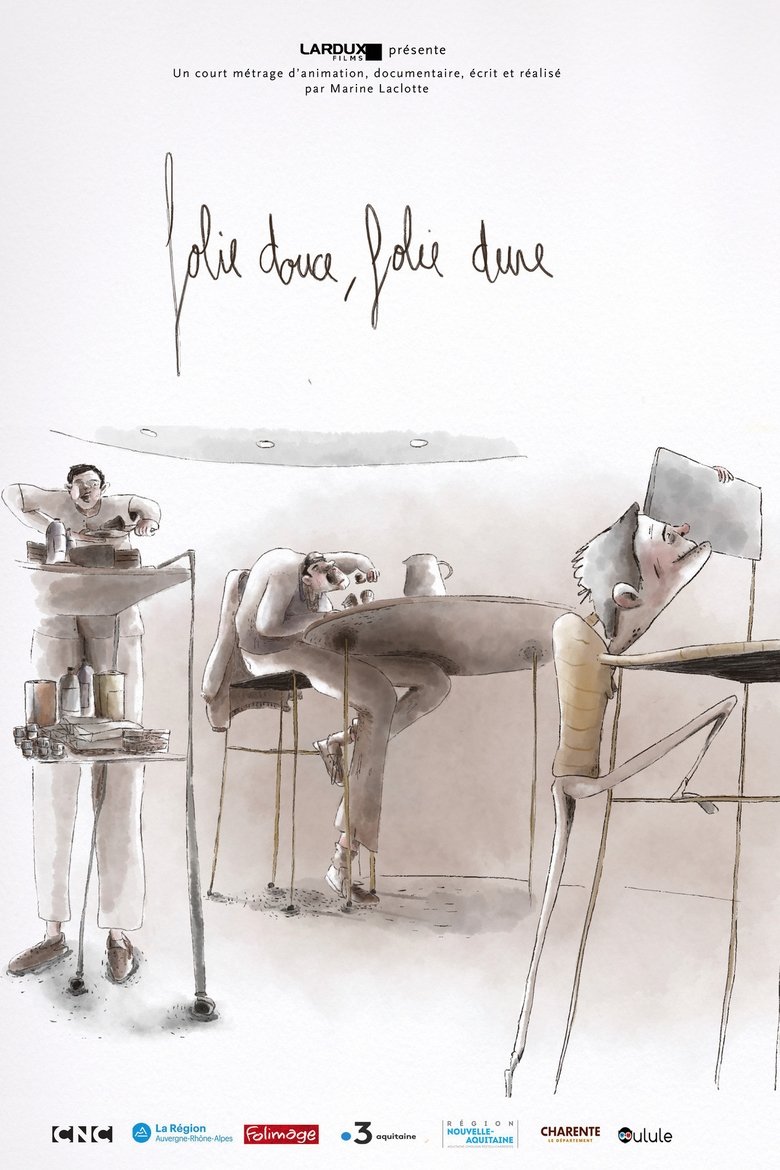
Folie douce, folie dure
This walk in the daily life of several psychiatric institutions, allows us to meet extraordinary people who let us enter their privacy.
Rating:
8.0/10
Votes:
3
Year:
2020

To Tell the Truth: A History of Documentary Film (1928-1946)
A detailed history of documentary filmmaking in the US and the UK from 1929 to 1945. The first part, Working for Change, focuses on 1929-1941 and the social movements of the times, The Great Depression, The New Deal, and the awakening of the Leftwing in the UK. The second part, The Strategy of Truth, focuses on 1933-1946 and explores the role of film as propaganda during World War II, and the different forms it took in the US, the UK, and Germany.
Rating:
0.0/10
Votes:
0
Year:
2012
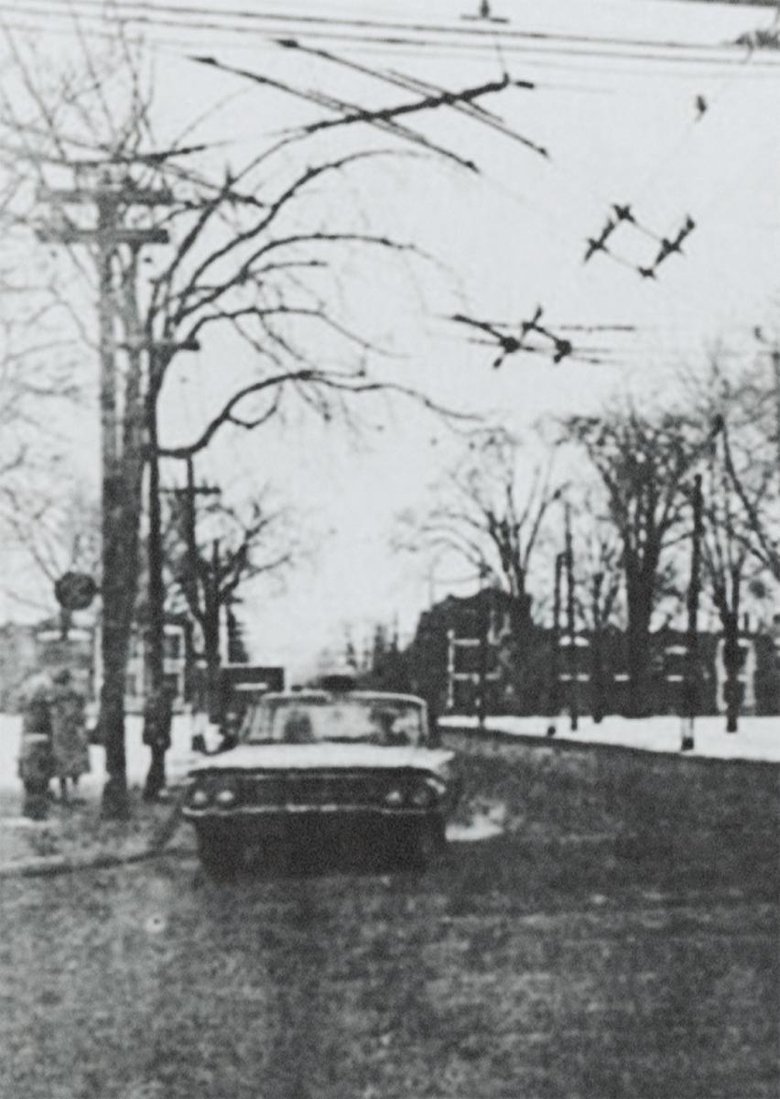
One Second in Montreal
A silent succession of black-and-white photographs of the city of Montreal.
Rating:
5.5/10
Votes:
7
Year:
1969
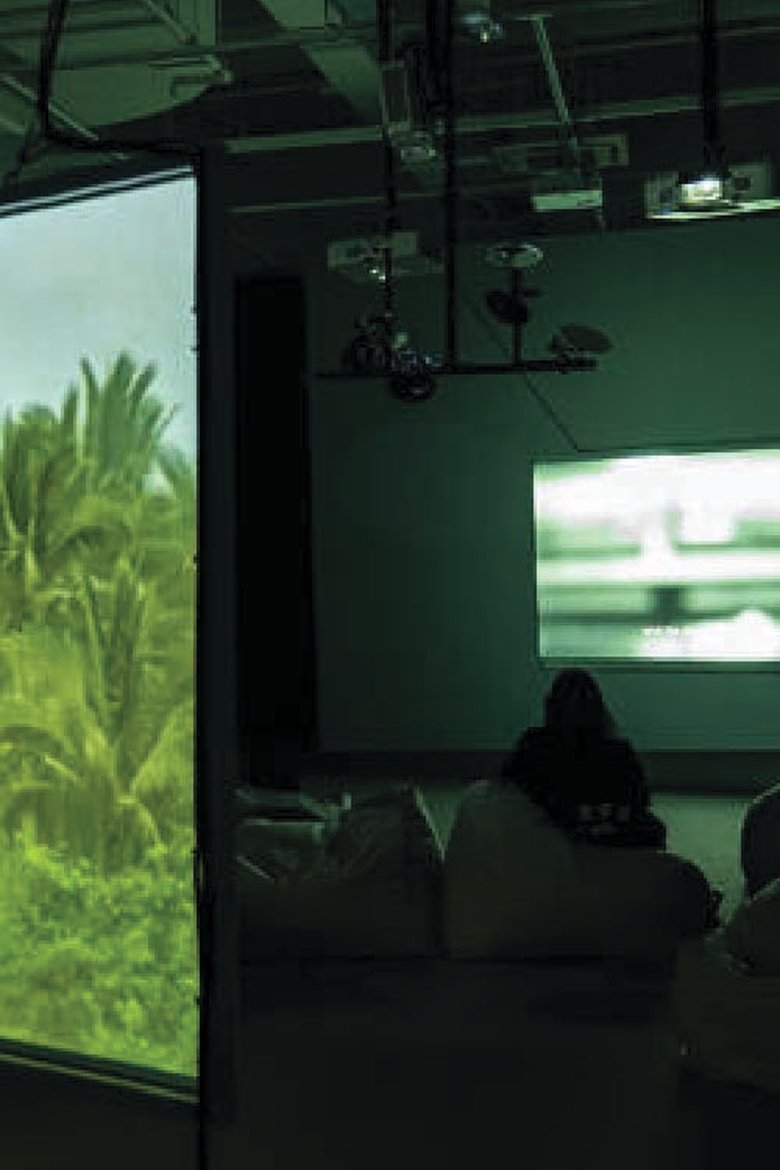
47 Days, Sound-less
47 Days, Sound-less by Vietnamese artist Nguyễn Trinh Thi is a film that explores the relationships between sound and silence, vision, language, colours and their absence. Nguyễn identifies “peripheries”—including natural landscapes used as backdrops, uncredited characters and soundtracks from American and Vietnamese movies—that reveal more-than-human perspectives. Offering new ways of looking and listening, 47 Days, Sound-less invites audiences to reflect on the inextricable relationship between a place and its inhabitants.
Rating:
0.0/10
Votes:
0
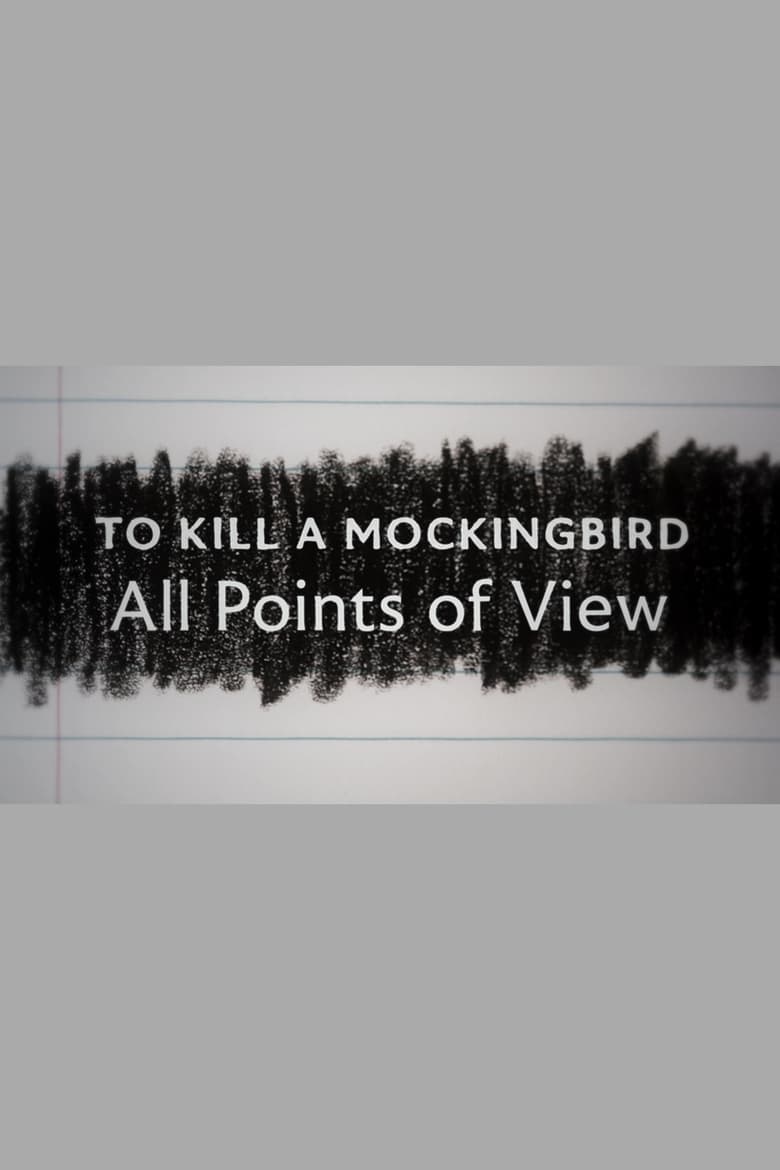
To Kill a Mockingbird: All Points of View
A 60th anniversary retrospective documentary on the influence and context of the 1962 film, To Kill a Mockingbird.
Rating:
0.0/10
Votes:
0
Year:
2022

Song 5
SONG 5: A childbirth song (the Songs are a cycle of silent color 8mm films by the American experimental filmmaker Stan Brakhage produced from 1964 to 1969).
Rating:
4.2/10
Votes:
12
Year:
1964

Nuit et Brouillard
Filmmaker Alain Resnais documents the atrocities behind the walls of Hitler's concentration camps.
Rating:
8.242/10
Votes:
505
Year:
1959

The Talk
“The Talk” showcases the experiences of three LGBTQ+ youth learning about sex health under an inadequate Canadian sex-ed curriculum. Each subject opens up about their knowledge surrounding sexual health, gender identity, the not so honest information they were taught in their classrooms and its impact on their self-image.
Rating:
0.0/10
Votes:
0
Year:
2022
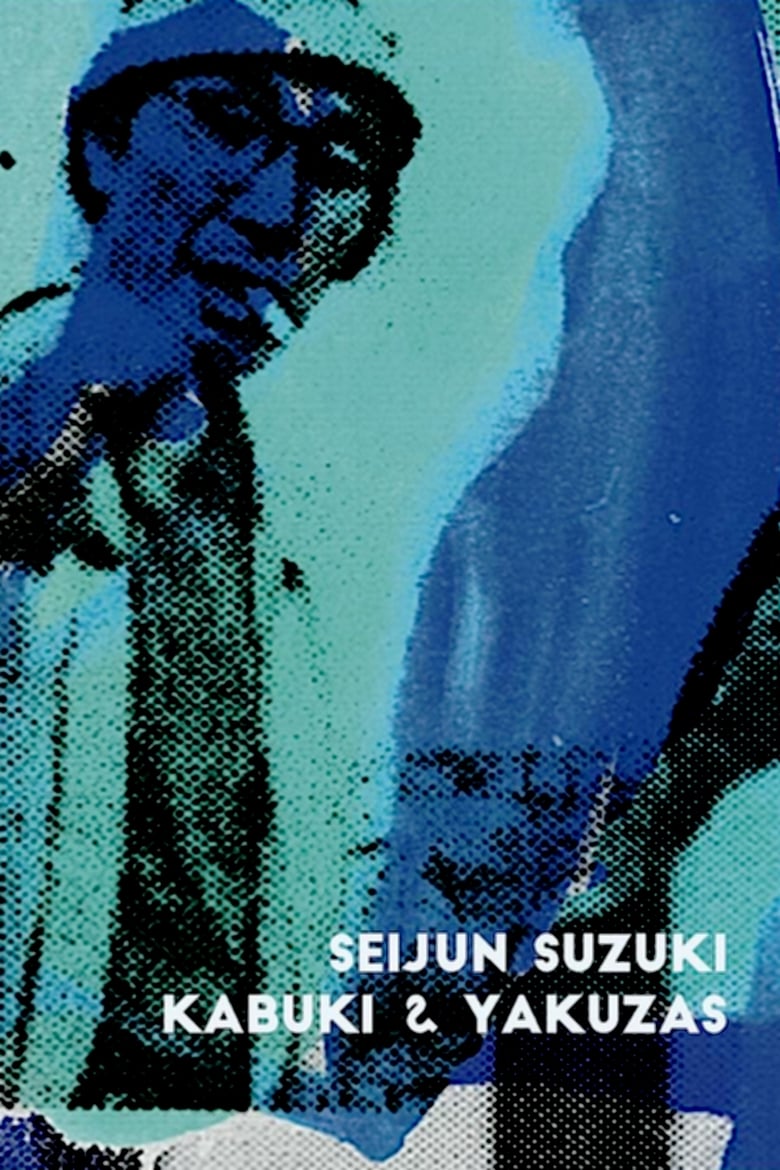
Seijun Suzuki: kabuki & yakuzas
Film director and screenwriter Seijun Suzuki (1923-2017), who in the sixties was the great innovator of Japanese cinema; and his collaborator, art director and screenwriter Takeo Kimura (1918-2010), recall how they made their great masterpieces about the Yakuza underworld for the Nikkatsu film company.
Rating:
6.0/10
Votes:
2
Year:
2002
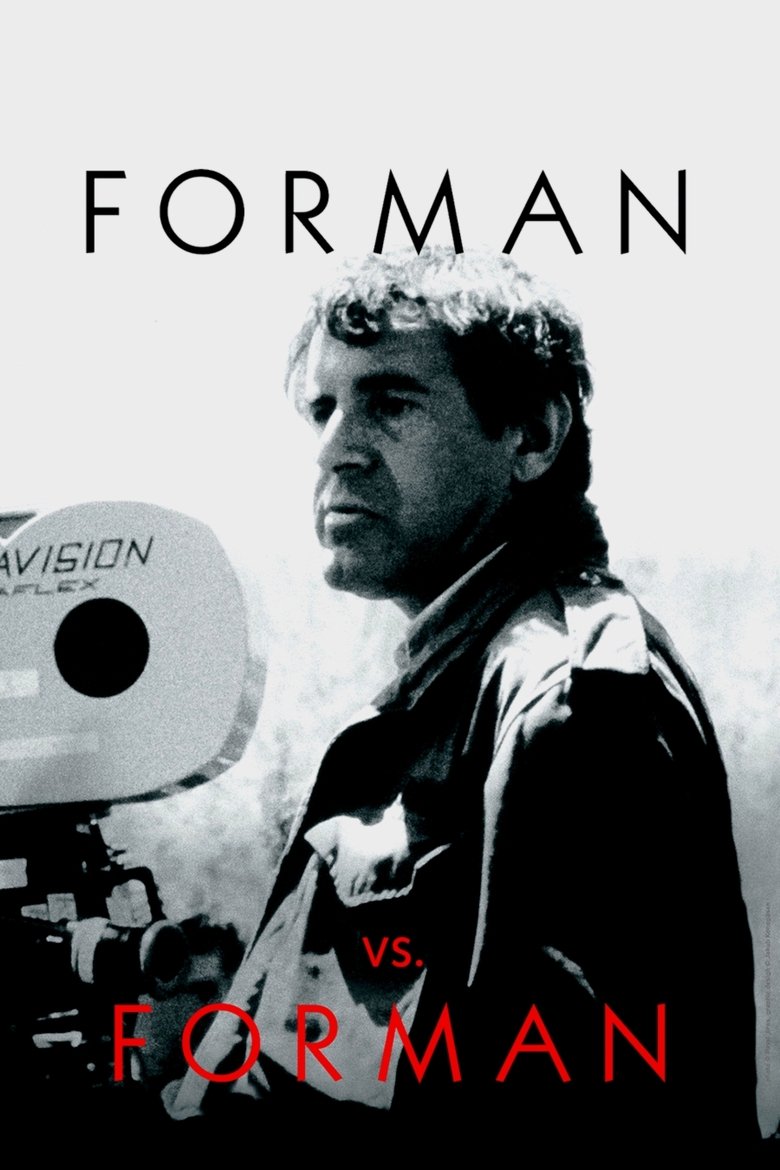
Forman vs. Forman
A moving account, in his own words, of the personal life and work of the brilliant Czech filmmaker Miloš Forman (1932-2018): his tragic childhood, his major contribution to the cultural movement known as the Czech New Wave, his exile in Paris, his troubled days in New York, his rise to stardom in Hollywood; a complete existence in the service of cinema.
Rating:
7.8/10
Votes:
12
Year:
2019
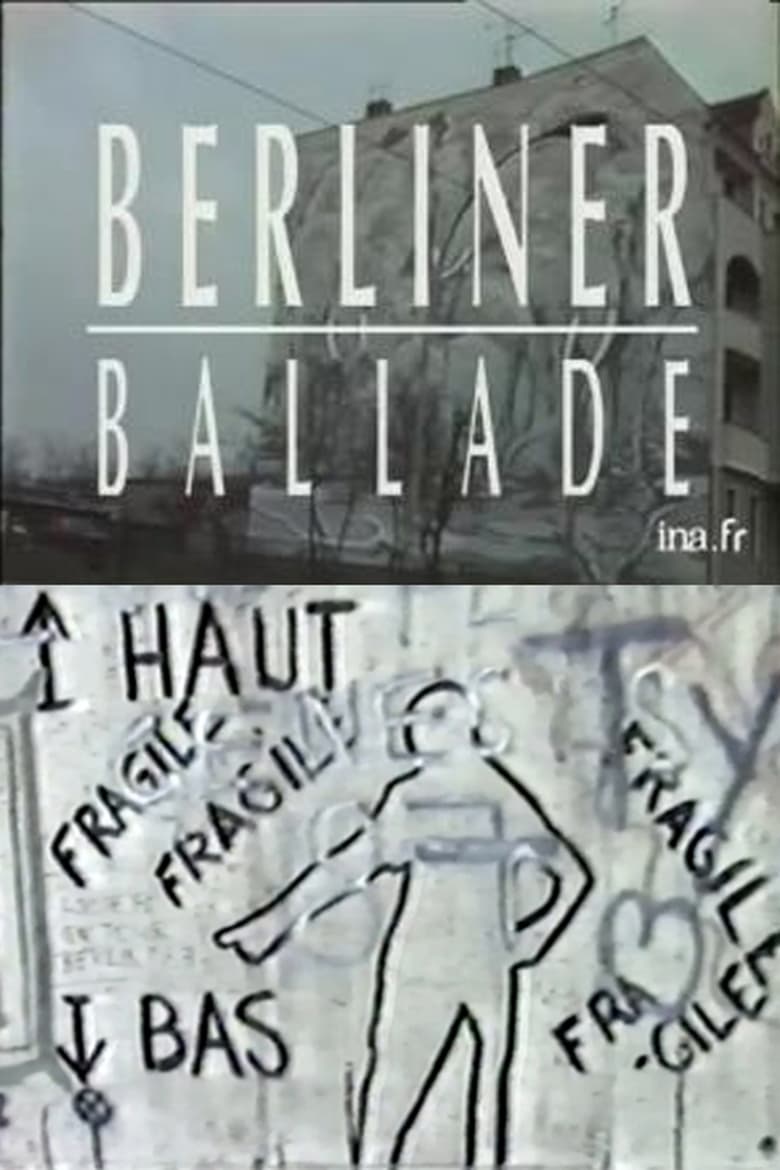
Berliner Ballade
Some months after the fall of the Berlin wall, during the time of federal elections in Germany in 1990, Chris Marker shot this passionate documentary, reflecting the state of the place and its spirit with remarkable acuity.
Rating:
4.8/10
Votes:
4
Year:
1990
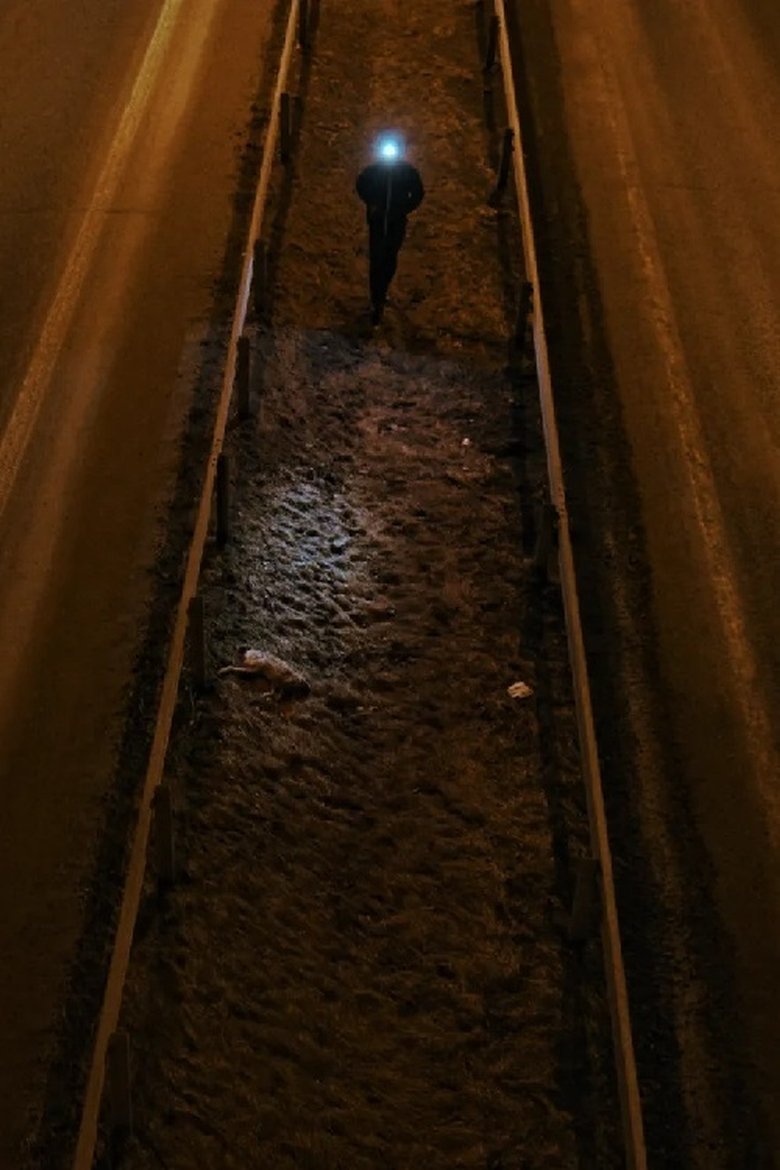
Liminaali & Communitas
After the sunset, a man wonders between the edges of the highways gathering edible roadkill animals.
Rating:
0.0/10
Votes:
0
Year:
2018

Paparazzi
Paparazzi explores the relationship between Brigitte Bardot and groups of invasive photographers attempting to photograph her while she works on the set of Jean-Luc Godard's film Le Mépris (Contempt). Through video footage of Bardot, interviews with the paparazzi, and still photos of Bardot from magazine covers and elsewhere, director Rozier investigates some of the ramifications of international movie stardom, specifically the loss of privacy to the paparazzi. The film explains the shooting of the film on the island of Capri, and the photographers' valiant, even foolishly dangerous, attempts to get a photograph of Bardot.
Rating:
6.8/10
Votes:
14
Year:
1964
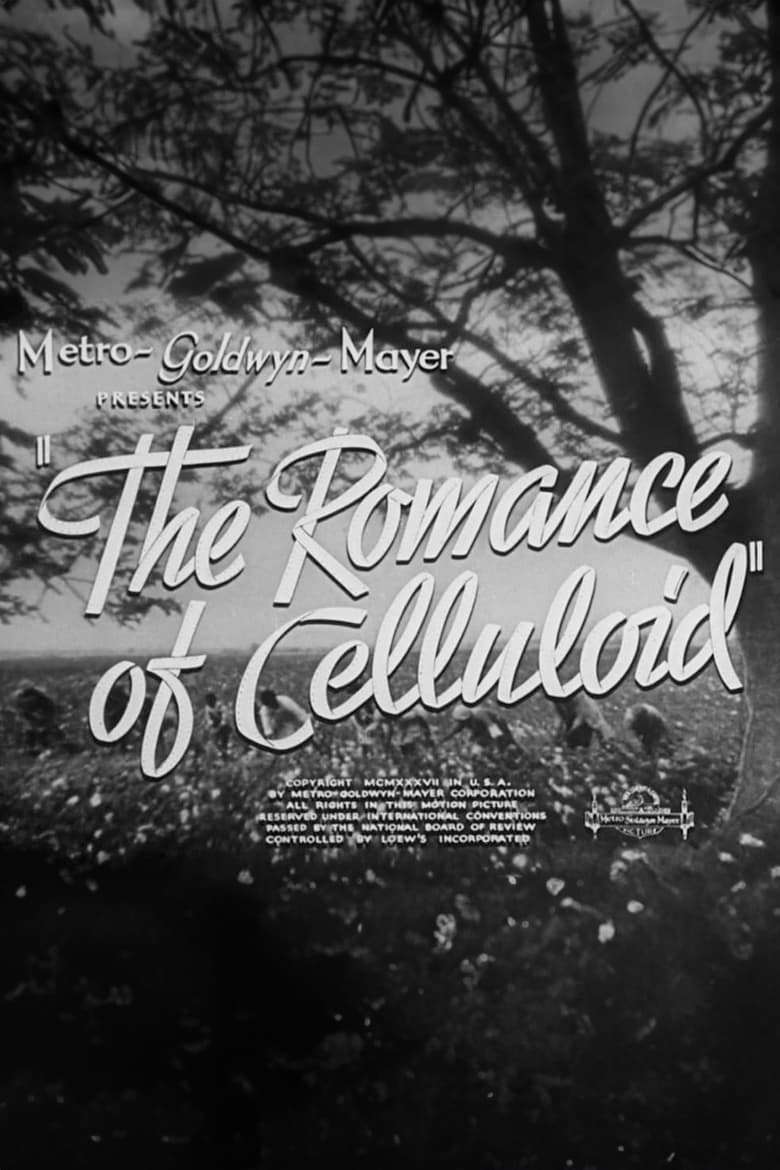
The Romance of Celluloid
Several behind the scenes aspects of the movie-making business, which results in the enjoyment the movie going public has in going to the theater, are presented. They include: the production of celluloid aka film stock, the materials used in the production of which include cotton and silver; construction crews who build sets including those to look like cities, towns and villages around the world; a visit with Jack Dawn who demonstrates the process of creating a makeup design; the screen testing process, where many an acting hopeful gets his/her start; the work of the candid camera man, the prying eyes behind the movie camera; a visit with Adrian, who designs the clothes worn by many of the stars on screen; and a visit with Herbert Stothart as he conducts his musical score for Conquest (1937). These behind the scenes looks provide the opportunity to get acquainted with the cavalcade of MGM stars and their productions that will grace the silver screen in the 1937/38 movie season.
Rating:
7.0/10
Votes:
2
Year:
1937
If current server doesn't work please try other servers beside.